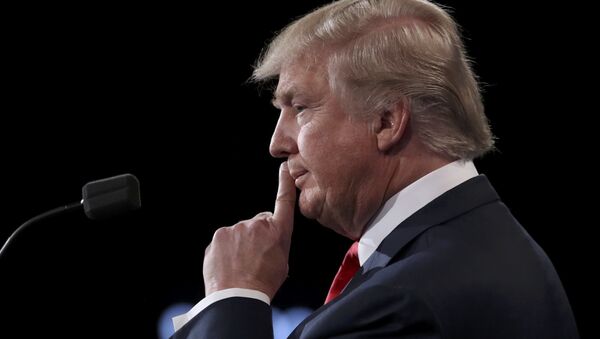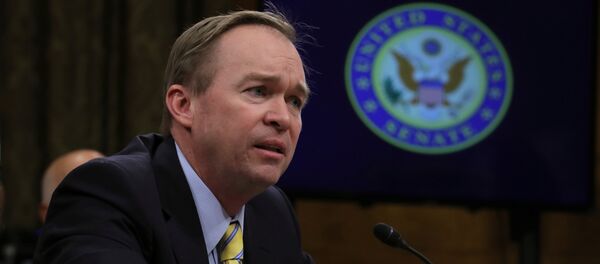Kristian Rouz – Ahead of President Donald Trump’s speech before Congress on Tuesday, CEOs of the largest US manufacturing enterprises voiced their support for the new administration’s proposed trade policies, which include higher import tariffs.
The new president himself said on Thursday that his trade plan, along with the proposed tax cuts, deregulation of the economy, and infrastructure investment, will boost the US employment in market-competitive sectors. This could potentially transform the US labor market from the current minimum wage-level “full employment” into a higher disposable income environment. Inflation and domestic consumption, in theory, will gain a boost, pushing overall US growth higher.
Still, there are many complications to this planning, but manufacturing CEOs generally agree with the direction for economic development that the new administration is advocating.
"We have supply-side issues today," Andrew Liveris, CEO at Dow Chemical Co., said, "half a million open STEM jobs that we can’t fill."
Donald Trump voiced a favourable opinion of the customs tariffs plan, proposed by the Congress Republicans on Thursday, but he did not directly say that this is exactly what the policy would look like. Therefore, some deviations from the general idea of low export tariffs and high import tariffs, might occur when the president delivers his speech before Congress next week.
"It could lead to a lot more jobs in the United States," Trump said in a Reuters interview after his meeting with manufacturing bosses. He also said that he would “support a form of tax on the border."
The idea behind the congressional GOP-proposed plan is simple: the new customs tariffs should make up for the loss in budget revenues resulting from the across-the-board tax cuts. The Republican want to tax international businesses instead of American individuals and entities, hoping to boost the US economic activity and quality of life without a blow to the federal budget.
Trump, on his part, does not seem to be opposed to the idea of borrowing. Even though in his first month in the office, US public debt shrunk by $12 bln, he might be willing to finance his reform via an increased borrowing. House Republicans are more frugal and disciplined on the budget.
“This is the next zig of a zig-zag pattern,” David French of National Retail Federation commented on Trump’s statements. “This is the beginning of a long process.”
The White House and congressional Republicans are facing severe disagreements regarding the Trump-proposed fiscal stimulus which includes greater budget spending in order to renovate American industries and infrastructure. The fiscal stimulus, according to some sources, might not be implemented until 2018, due to the disagreements over the budget.
“The infrastructure projects and priorities that the president has talked about it, whether it’s air (traffic) control in our airports or roads and bridges, will be something that he’s going to work on with (the Department of Transportation), but also talk about in his budget,” Sean Spicer, White House press-secretary said. “You’ll see more in his joint address to Congress.”
Whilst Trump’s meeting with manufacturing CEO’s turned out to be very productive, it falls in line with his broader negotiating tactic. He typically vows favorable conditions for businesses in return of the support for his policy agenda, aimed at achieving the goals of his administration. Lower taxes, relaxed regulations and a broader business-friendly environment that Trump advocates, are only aimed at job creation in strategic sectors of the economy, such as manufacturing, energy and utilities, and transport and telecom.
Previously, Trump had meetings with union bosses, automotive CEOs, big pharma, retailers and airline top management. The outcomes of these meetings will likely be reflected in the White House-proposed fiscal plan, but the question is, how much House Republicans will like the new policy layout.






